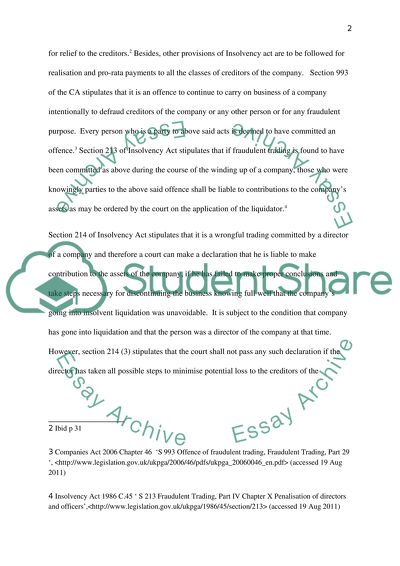Cite this document
(“Creditor's position in the case of company's insolvency Coursework”, n.d.)
Retrieved from https://studentshare.org/law/1430394-creditor-s-position-in-the-case-of-company-s
Retrieved from https://studentshare.org/law/1430394-creditor-s-position-in-the-case-of-company-s
(Creditor's Position in the Case of company'S Insolvency Coursework)
https://studentshare.org/law/1430394-creditor-s-position-in-the-case-of-company-s.
https://studentshare.org/law/1430394-creditor-s-position-in-the-case-of-company-s.
“Creditor's Position in the Case of company'S Insolvency Coursework”, n.d. https://studentshare.org/law/1430394-creditor-s-position-in-the-case-of-company-s.


